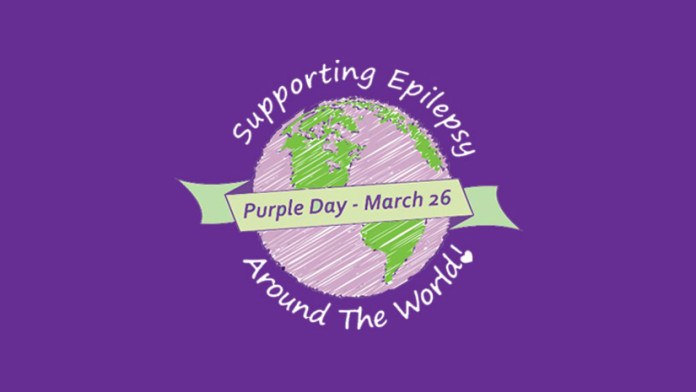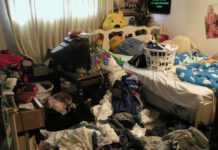March 26, is considered World Epilepsy Day- and on this day, let’s see some facts, symptoms and cure of Epilepsy.

Epilepsy is a group of related disorders characterized by a tendency for recurrent seizures. It is a chronic disorder having more than one type of seizures and other symptoms of neurological problems.

EEG testing, clinical history, family history and outlook are similar among a group of people with epilepsy, called specific epilepsy syndrome. What causes Epilepsy? – It’s the human brain. Although the symptoms of a seizure may affect any part of the body, the electrical events that produce the symptoms occur in the brain. The location of that event, how it spreads and how much of the brain is affected, and how long it lasts all have profound effects. These factors determine the character of a seizure and its impact on the individual.

Symptoms:
The person experiencing such a seizure may cry out or make some sound, stiffen for several seconds to a minute and then have rhythmic movements of the arms and legs. Often the rhythmic movements slow before stopping.
Eyes are generally open.
The person may appear to not be breathing and actually turn blue. This may be followed by a period of deep, noisy breathes.
Loss of urine.
Sometimes the person with a partial seizure appears dazed or confused. This may represent a complex partial seizure. The term complex is used by doctors to describe a person who is between being fully alert and unconscious.
First Aid:
Loosen clothing around the person’s neck.
Do not try to hold the person down or restrain them. This can result in injury.
Do not insert any objects in the person’s mouth. This can also cause injury.
Reassure concerned bystanders who may be upset and ask them to give the person room.
Remove sharp objects (glasses, furniture, and other objects) from around the person to prevent injury.
After the seizure, it is helpful to lay the person on their side to maintain an open airway and prevent the person from inhaling any secretions.
After a seizure, the person may be confused and should not be left alone.
In many cases, especially if the person is known to have epilepsy, it is not necessary to call for medical help.
Call for medical help if the seizure lasts longer than 5 minutes, or if another seizure begins soon after the first, or if the person cannot be awakened after the movements have stopped.
By: Archa Dave




























